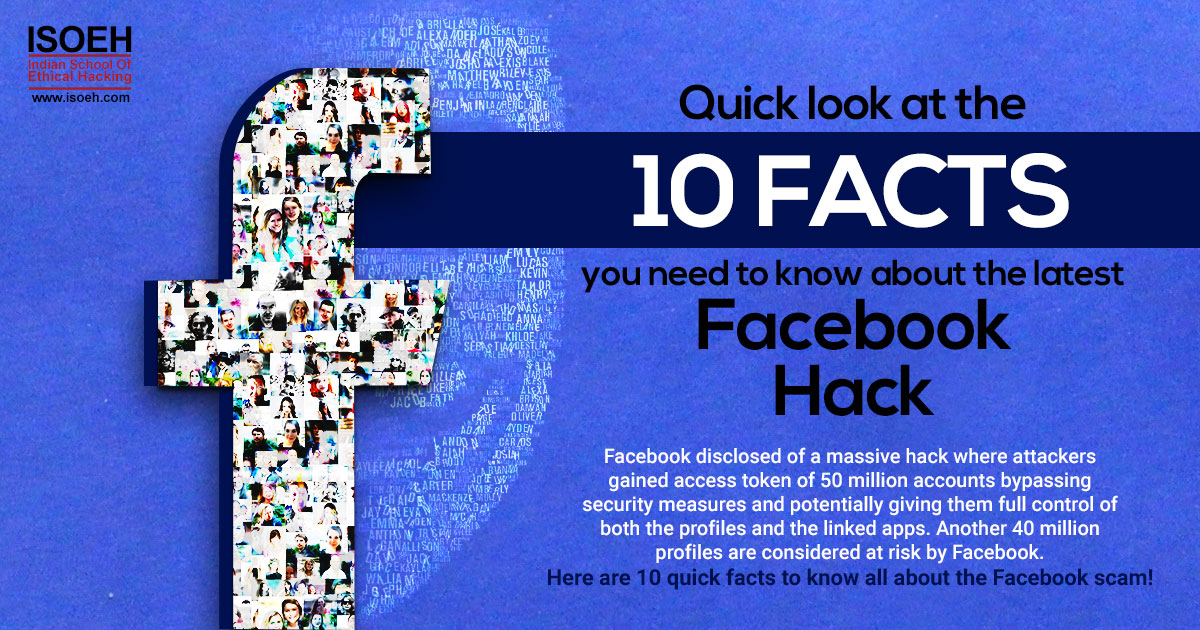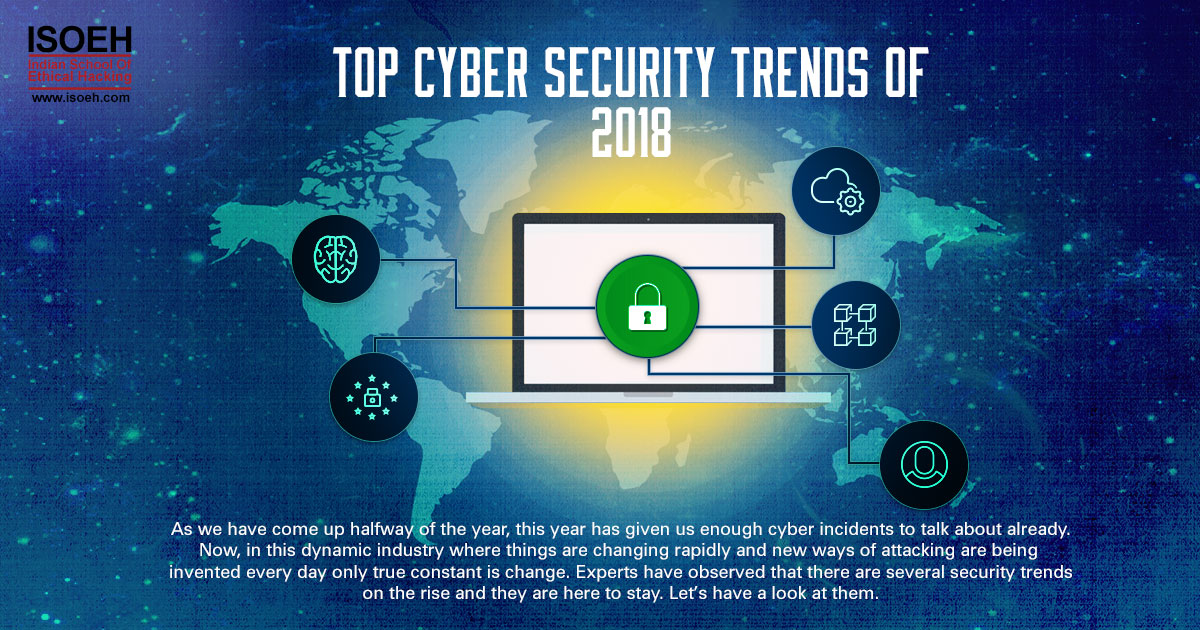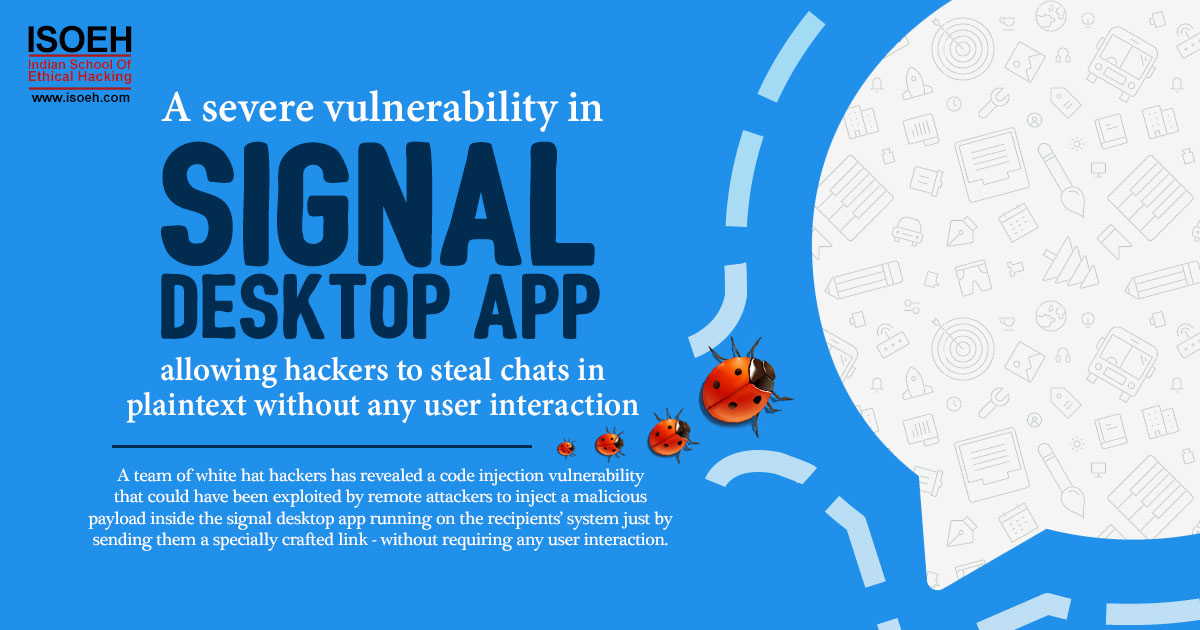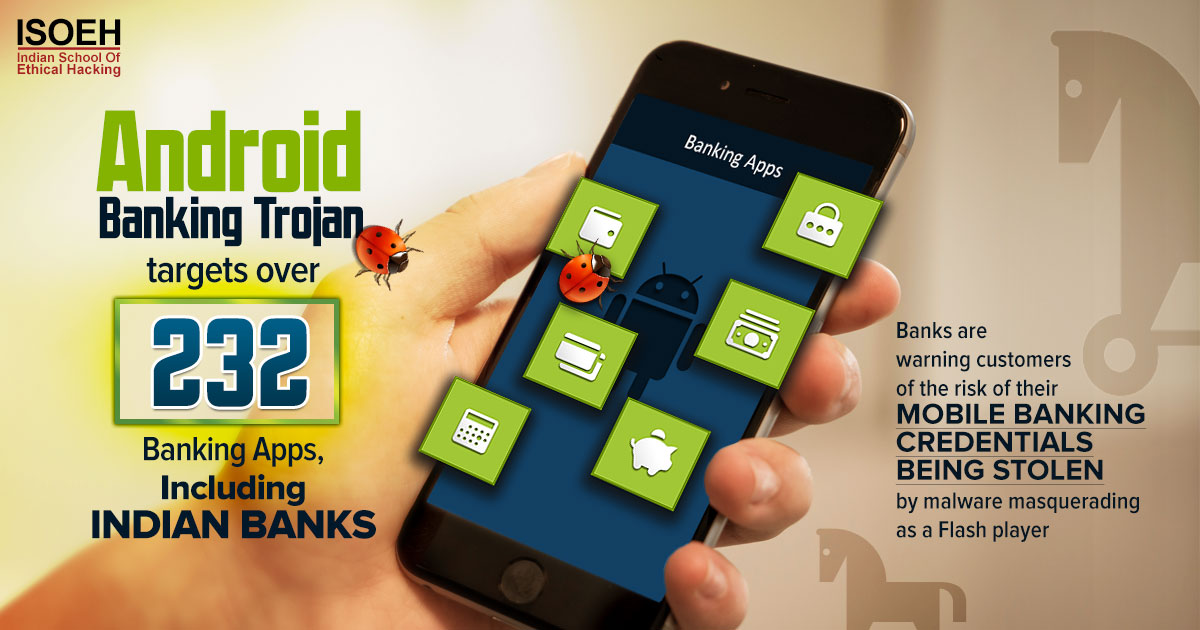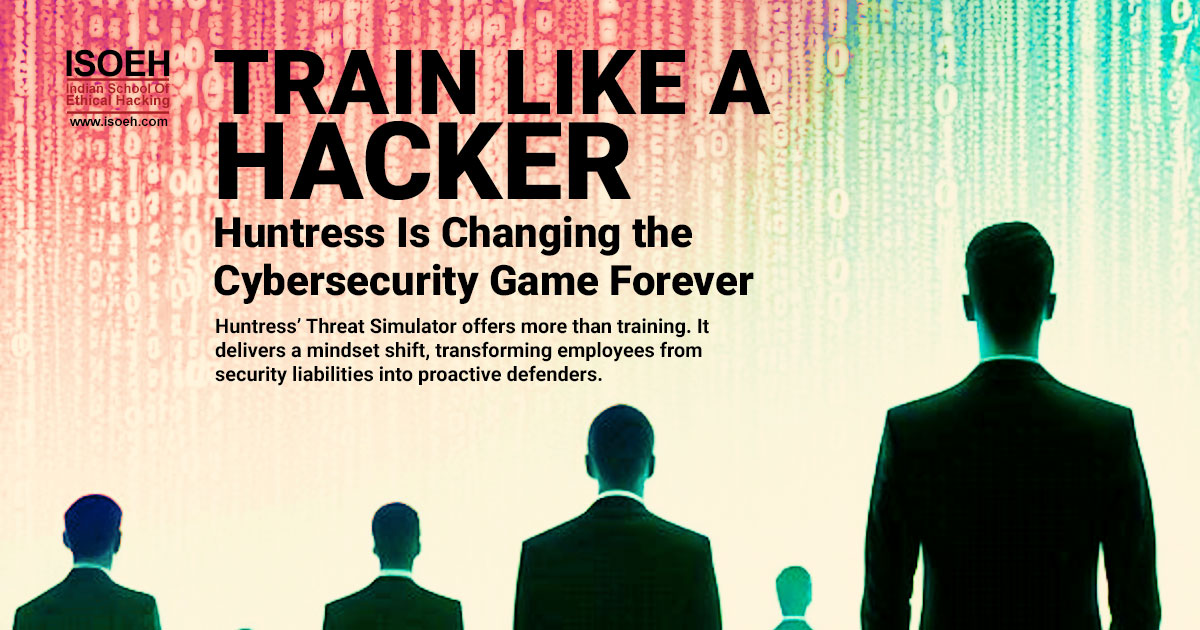
Cyber attackers are outpacing defences by exploiting the one variable technology can't fully control—human behaviour. Employees continue to click malicious links, reuse weak passwords, and unknowingly leak sensitive information. Despite widespread use, traditional Security Awareness Training (SAT) has failed to keep up with evolving threats. It's passive, compliance-driven, and rarely impactful.
 Huntress aims to change that. With its innovative Threat Simulator, the company is shifting the SAT narrative- from checkbox compliance to immersive behavioural change. This tool trains users to think like hackers, helping organizations significantly reduce human risk and strengthen the capabilities of their Security Operations Centre (SOC).
Huntress aims to change that. With its innovative Threat Simulator, the company is shifting the SAT narrative- from checkbox compliance to immersive behavioural change. This tool trains users to think like hackers, helping organizations significantly reduce human risk and strengthen the capabilities of their Security Operations Centre (SOC).
The Limits of Traditional SAT
Most organizations implement SAT to satisfy regulatory requirements or cyber insurance mandates. However, the actual effectiveness of these programs is questionable. Common issues include:
- Long, uninspiring training videos
- Generic content with little job relevance
- Overemphasis on phishing, ignoring broader threats
- Irregular frequency and poor retention
According to the 2024 Verizon Data Breach Investigations Report, more than 60% of breaches involve some form of human error—ranging from credential reuse to careless oversharing on social platforms. Yet, conventional training hasn't evolved to match the sophistication or diversity of modern attacks.
Reimagining SAT: Train Like an Attacker
Huntress, a cybersecurity firm headquartered in Columbia, Maryland, introduces a hands-on approach that reframes cybersecurity learning. The Threat Simulator places users directly in the hacker's seat. Rather than explaining how attacks work, it lets users experience them firsthand.
The debut module centres on open-source intelligence (OSINT). Participants are tasked with collecting publicly available information to manipulate an IT helpdesk into resetting credentials—a simple but eye-opening exercise.
"You wouldn't expect good dental hygiene from brushing once a year—so why expect secure behaviour from annual training?"
- Dima Kumets, Principal Product Manager, Huntress
Launched in April 2024, the simulator has already attracted over 24,000 participants, with an average of 1.5 attempts per user - a testament to its engaging, trial-and-error learning design.
Next Up: Simulating Weak Password Exploits
The upcoming module focuses on weak password vulnerabilities, demonstrating how minimal cracks in access controls can cascade into full network compromise. This module, arriving mid-2024, continues the immersive model, proving that hands-on, role-based simulations offer better retention than static tutorials.
Organizations leveraging this approach aren't just improving training metrics—they're achieving real-world impact. A study by KnowBe4 indicates companies with realistic SAT are 8.3 times less likely to experience publicly disclosed data breaches.
Learning by Doing: A Better Way to Train
 Reading, watching, and listening may work for some learners—but real transformation often comes through experience. Huntress' simulator acknowledges that adult learners respond best to practice, not lectures.
Reading, watching, and listening may work for some learners—but real transformation often comes through experience. Huntress' simulator acknowledges that adult learners respond best to practice, not lectures.
"We want to challenge the idea that employees aren't significant enough to be targets," Kumets explains. "Once users understand how easy it is to be socially engineered, their awareness fundamentally shifts."
That shift directly supports SOC teams, who often find themselves overburdened by incidents rooted in user error. Trained, vigilant employees help SOCs operate more proactively and efficiently.
The SAT Reality Check: It's Broken
A recent Abnormal AI study (May 2024) highlighted the cracks in current SAT strategies:
- 99% of companies faced attacks linked to human error
- 75% conduct SAT quarterly—mostly for compliance
- 83% of leaders say SAT requires too much effort
- 53% feel the results don't match the investment
Organizations are investing time and money into training that doesn't deliver. SOC teams remain under-supported, and employees remain underprepared.
Empowering SOCs with MSSP/MSP-Ready Training
Resource constraints further worsen the SAT challenge. Many businesses allocate fewer than 0.5 full-time employees to oversee training. This gap has opened the door for Managed Security Service Providers (MSSPs) and Managed Service Providers (MSPs) to deliver training as a managed offering.
Huntress is enabling this transition by providing tools that:
- Deliver continuous, year-round simulations
- Align training with real-world threat scenarios
- Reduce alert fatigue and burden on SOC teams
- Boost employee engagement and incident awareness
By equipping MSSPs and MSPs with powerful SAT tools, Huntress extends the impact of training across multiple organizations without added overhead.
The SAT Market Is Evolving Fast
Projections estimate the global SAT market will grow from $19.3 billion in 2024 to $37.8 billion by 2034. This surge reflects a growing emphasis on behavioural security.
Emerging trends include:
- AI-driven phishing coaches (e.g., Abnormal AI)
- Real-time simulations from startups like Riot Security
- Adaptive learning systems tailored to employee roles
- Chatbots and digital agents for just-in-time security nudges
Huntress is positioned at the forefront of this shift—prioritizing active over passive learning and realism over routine.
Technology may be advanced, but attackers still rely on human mistakes to gain access. The true cybersecurity gap isn't technical—it's behavioural.
 Huntress' Threat Simulator offers more than training. It delivers a mindset shift, transforming employees from security liabilities into proactive defenders. For any Security Operations Centre (SOC) seeking to reduce alert noise, improve detection speed, and build cyber resilience, empowering the workforce is the next critical move.
Huntress' Threat Simulator offers more than training. It delivers a mindset shift, transforming employees from security liabilities into proactive defenders. For any Security Operations Centre (SOC) seeking to reduce alert noise, improve detection speed, and build cyber resilience, empowering the workforce is the next critical move.
The future of SAT doesn't belong to dull videos or forgettable quizzes.
It belongs to immersive simulations, hands-on experience, and training that actually changes how people think.
Hacking Tools
Explore All Hacking Tools »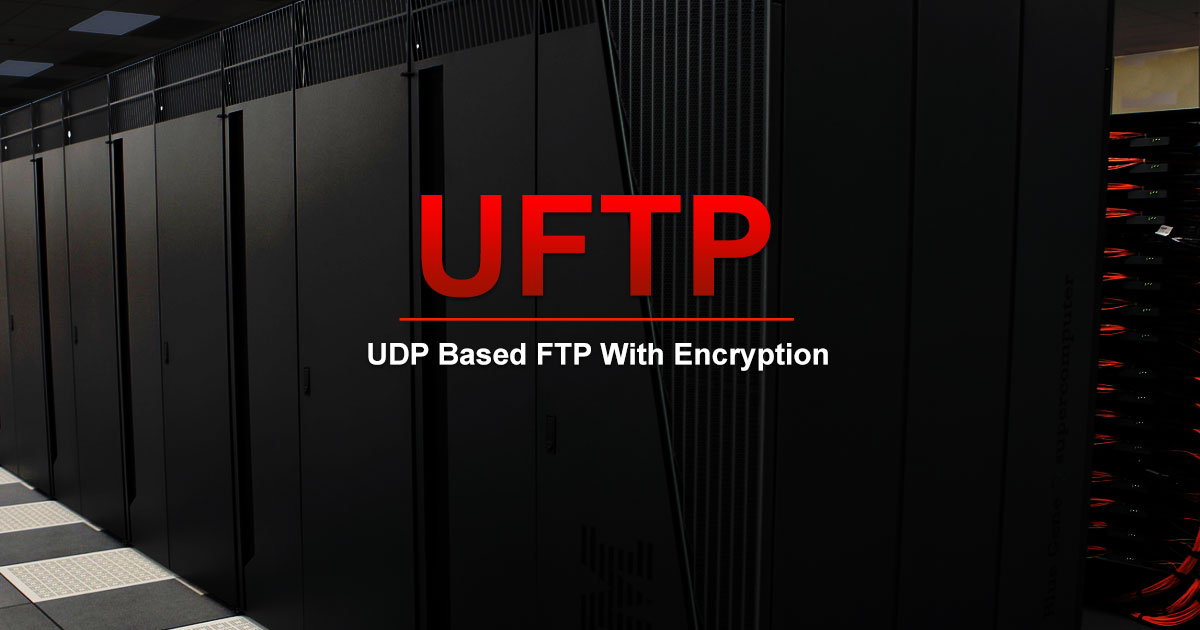
UFTP is an encrypted multicast file transfer program for secure, reliable & efficient transfer of files. It also helps in data distribution over a satellite link.
Read DetailsBreaking News
Breaking News Of Each Month »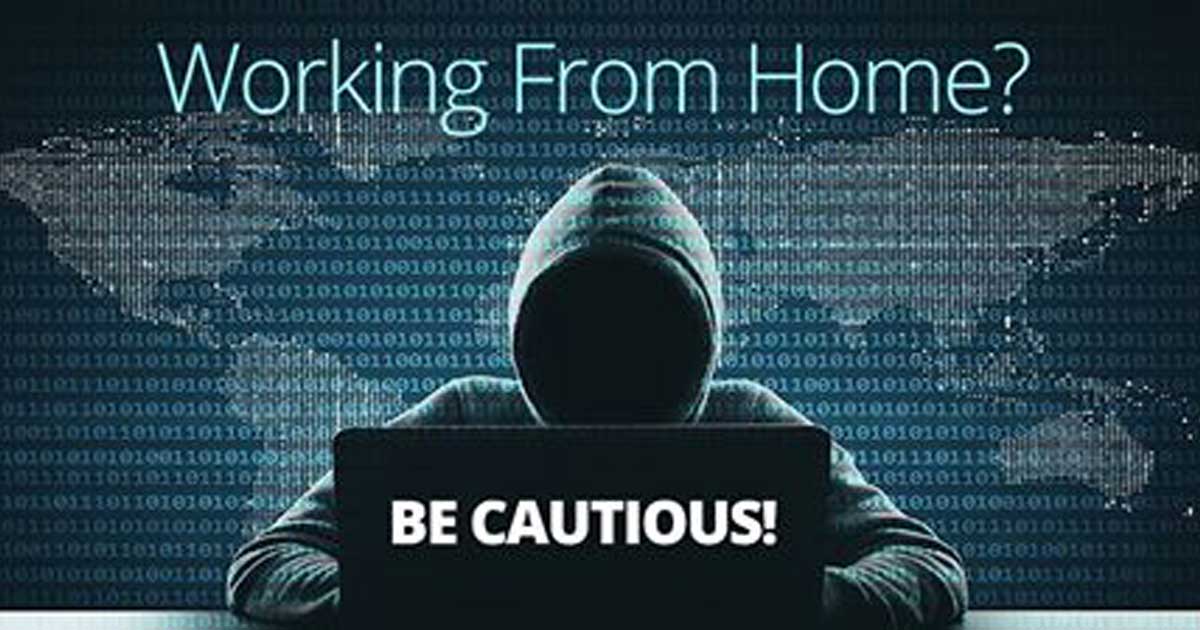
The recent pandemic was unexpected and unknown to most part of the world. It has changed our life and we are slowly adapting to our new lifestyle. The risks associated with the new lifestyle, both personal & corporate, are unknown to most of us.
Read Details


